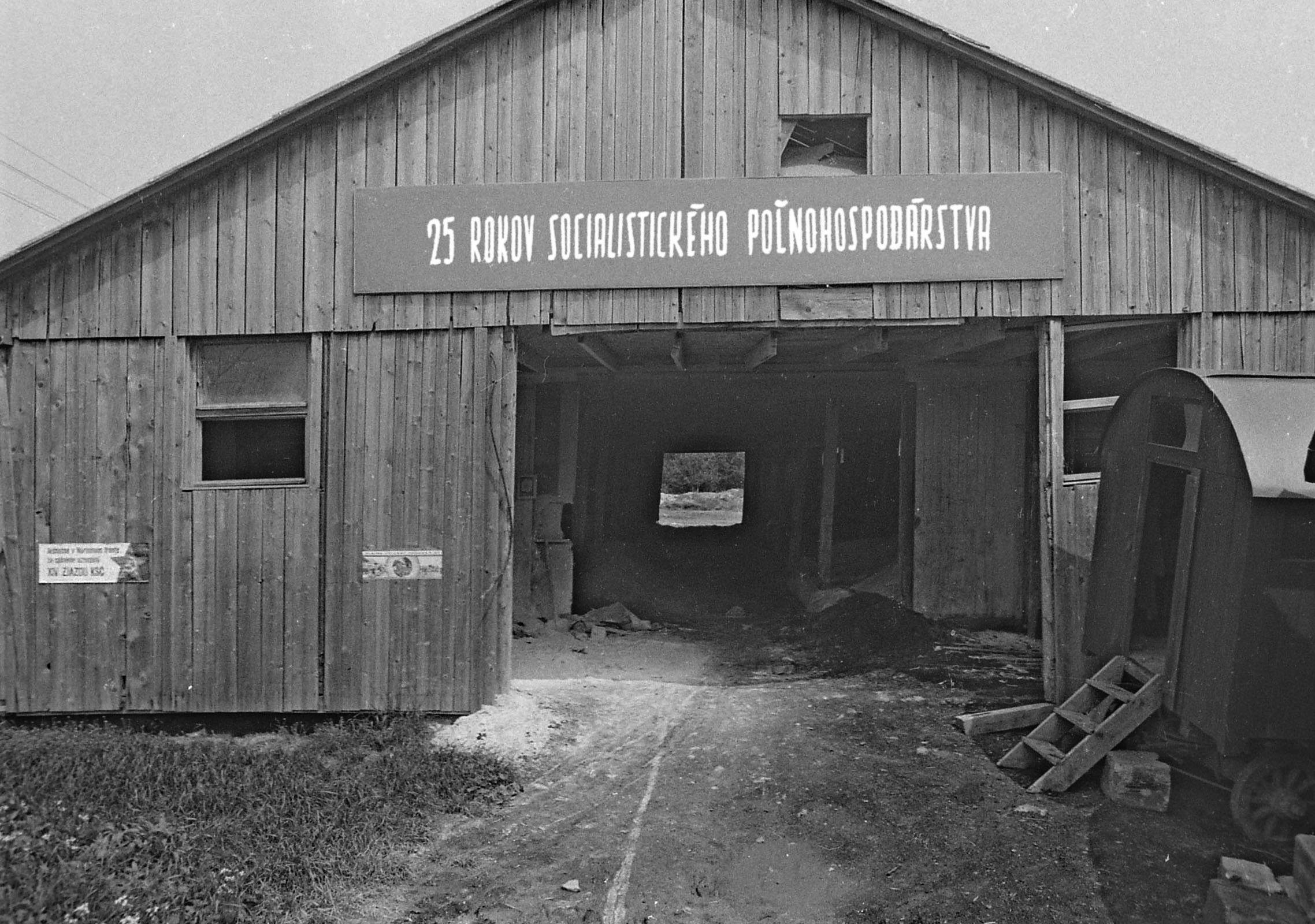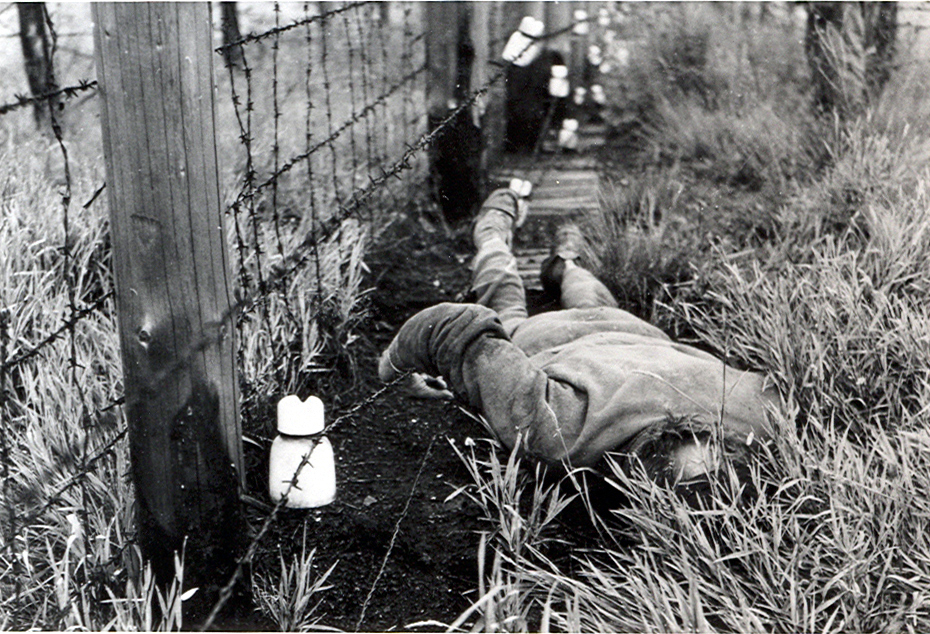“Food was safer and of higher quality during the socialist era than today”
is the claim that up to 71% of respondents participating in the April 2018 poll carried out by the FOCUS agency agreed with.
Facts and disproval of the myth ↓
Extensive approaches within the agriculture affected also the quality and safety of food. The production growth was enabled by intensive use of chemicals. By the beginning of the seventies of the 20th century, Czechoslovak farmers used five times more fertilizers per one hectare on average than farmers in France and the use of pesticides was double during the socialist era when compared with the today´s situation.
Although the regime concealed the problems associated with the quality and safety of food, the Food Research Bulletins published at that time offer the findings of food experts concerning the quality of food that was on the tables of Czechoslovak consumers.
Problems included, for instance, dangerously high nitrate concentrations in vegetables or presence of heavy metals in milk and dairy products. The ham that Czechoslovakia tried to export to the USA in 1984 was returned with the reasons provided by American inspectors stating that the ham was contaminated with a mix of harmful chemicals. But Czechoslovak consumers usually did not learn about similar inspection findings at all.
Another myth is the economically senseless thesis about the food self-sufficiency of socialist Czechoslovakia. Food was imported mostly from other socialist countries. Similar to the domestic production, also imported food was problematic as concerns hygiene and safety. For instance, the beef imported from the USSR had to be transferred from the Soviet railway to the Czechoslovak railway and during that operation it got partially defrosted and then frozen again.
Even import of other kinds of food did not suffice to achieve the level of the current food supply that is a natural thing for Slovak consumers today. The food assortment in socialist stores was limited and there were shortages while some food, such as oranges, was usually available only in limited amounts and only before Christmas.
The Czechoslovak food industry reacted to the shortage of certain food and raw materials by production of various “substitutes”. The dairy industry covered the shortage of milk fat by so called dairy spreads and hardened fats. The cheese industry tried to satisfy the increasing demand for cheeses by production of processed cheeses in consumption of which Czechoslovakia held a record (more in chapter 2.9 Environment and centrally planned economy).



